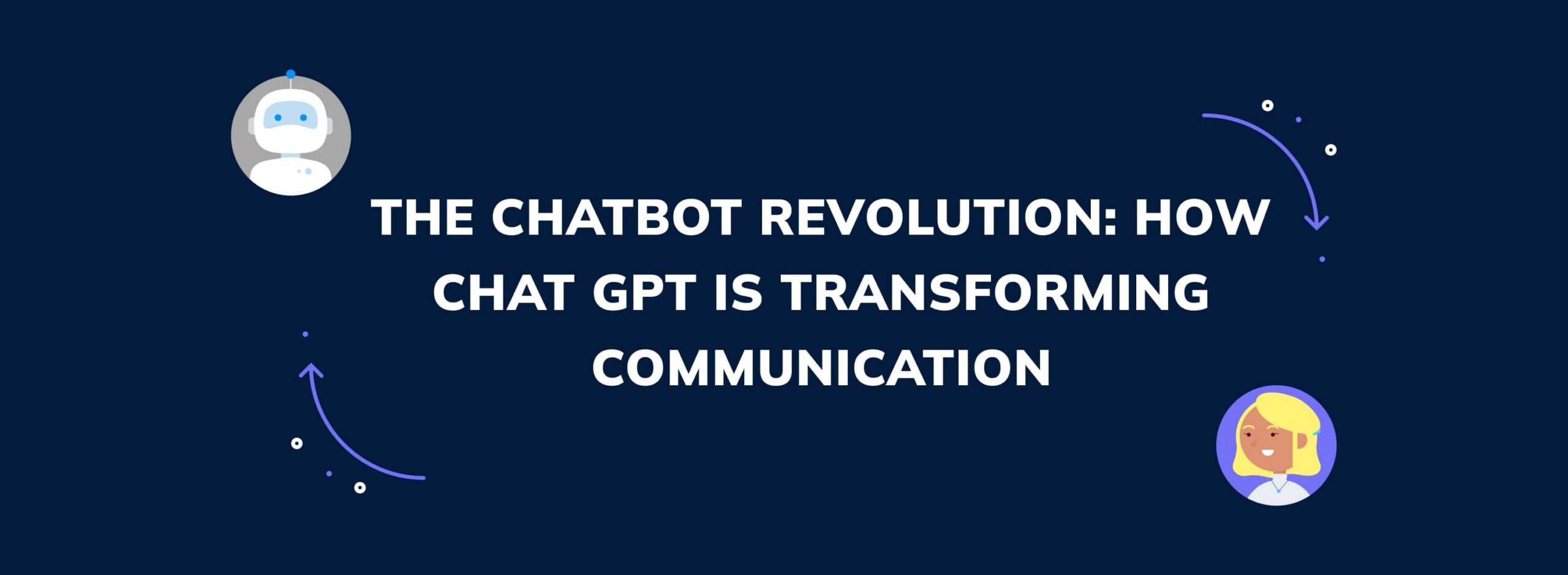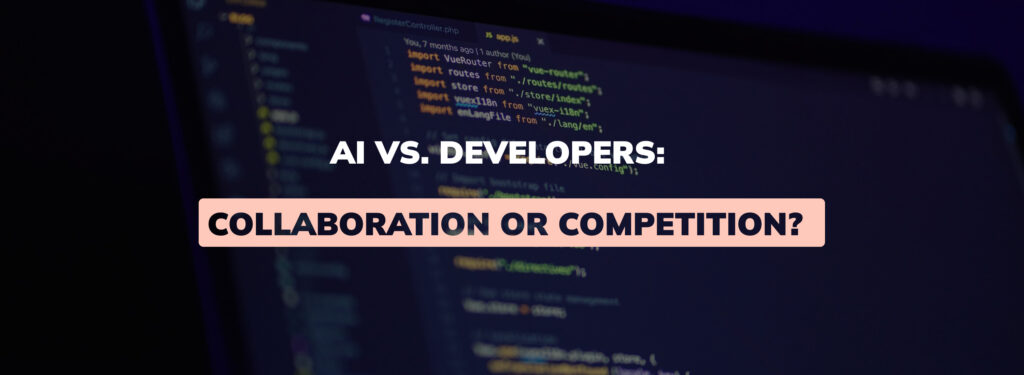In today’s digital world, communication is critical in both our personal and professional life. With the advent of advanced AI technology, a new era of communication has emerged, led by the transformative power of Chat GPT, which is reshaping how we interact, revolutionizing customer service, increasing productivity, and enabling seamless connections across multiple platforms.
In this article, we will look at how Chat GPT is changing communication and redefining the possibilities of human-computer interactions.
The Rise of Chatbots
Chatbot adoption has skyrocketed in recent years, with companies of all sizes and industries embracing the technology to better their communication strategy. Chatbots are being used to streamline procedures, deliver rapid responses, and improve the overall customer experience, from customer support to marketing and beyond.
One of the primary reasons for the rise of chatbots is their capacity to provide 24/7 support and help to clients. Businesses may use chatbots to ensure that their consumers always have access to help and support, regardless of the time of day. This not only enhances client happiness but also allows organizations to focus on other critical duties. Furthermore, chatbots may be designed to perform a variety of functions, ranging from answering frequently asked inquiries to deliver personalized product suggestions, making them a versatile tool for organizations trying to improve their communication tactics.
Understanding ChatGPT
ChatGPT, powered by OpenAI’s advanced language model, is a cutting-edge conversational AI system that uses deep learning techniques to generate human-like responses. It belongs to the GPT (Generative Pre-trained Transformer) family of models, which have been trained on massive volumes of text data to learn the patterns and structures of human language.
ChatGPT’s ability to generate human-like responses is astounding. It can comprehend and generate text on a wide range of topics, producing coherent and context-appropriate responses. It can have multi-turn dialogues while keeping consistency and context throughout. The program can generate responses that mimic the style and tone of several personalities or adapt to a particular prompt.
However, it is crucial to realize that ChatGPT has limitations. It can sometimes give plausible-sounding yet wrong or illogical responses. It may also be sensitive to input language and overly verbose. OpenAI is still working to improve the model’s dependability and safety by reducing biases.
ChatGPT provides a big advancement in natural language processing and conversation AI in general. Its ability to generate human-like responses has enormous potential in a variety of applications, such as customer service, virtual assistants, content development, and others.
How ChatGPT is Transforming the Way We Connect?
1. Intelligent Virtual Assistants
ChatGPT powers intelligent virtual assistants, which are growing more prevalent in our daily lives. These virtual assistants deliver fast responses, conduct chores, and offer personalized recommendations, and range from smart home gadgets to chat-based assistants on websites and mobile apps. They understand spoken language and context, allowing for more natural and intuitive interactions with technology, and increasing ease and productivity.
2. Streamlined Customer Support
With the deployment of ChatGPT, customer assistance has undergone a substantial metamorphosis. Intelligent chatbots enabled by this technology provide support around the clock, successfully resolving common questions and offering correct information. Businesses may provide timely and personalized service while handling several inquiries at the same time, increasing customer satisfaction and loyalty.
3. Multilingual Communication
Language obstacles no longer stand in the way of successful communication. ChatGPT provides multilingual discussions that are smooth and cross linguistic boundaries. Individuals and businesses may interact and collaborate on a global scale thanks to real-time translations, multilingual chatbots, and language understanding skills, boosting inclusivity and extending opportunities.
4. Efficient Content Generation
Content production might be time-consuming, but ChatGPT speeds up the process. It aids content makers, marketers, and authors in creating compelling and relevant material. This technology gives vital insights, enhances creativity, and helps fulfill the needs of fast-paced content creation from inspiration to drafting.
5. Augmenting Collaboration
With ChatGPT/ChatOpenAI, collaboration has never been easier. Teams can use this technology to improve communication, brainstorm ideas, and successfully coordinate work. ChatGPT/ChatOpenAI supports real-time communication, ensuring everyone is on the same page and driving productivity whether team members are physically present or distributed across locations.
6. Natural Language Understanding
One of ChatGPT’s most impressive features is its ability to interpret and generate human-like responses. It recognizes nuances in language, adapts to conversational patterns, and provides contextually relevant responses. This ability to grasp natural language enables engaging and meaningful interactions, bridging the gap between humans and technology.
Conclusion
ChatGPT is transforming the way we connect and interact with technology. Its influence ranges from intelligent virtual assistants and faster customer assistance to multilingual communication, efficient content development, collaboration augmentation, and natural language understanding. As communication technology advances, we may expect even more dramatic improvements, paving the way for a more connected and efficient future. Embracing the potential of ChatGPT enables individuals and businesses to interact more effectively, develop meaningful relationships, and open up new avenues of productivity and innovation.







